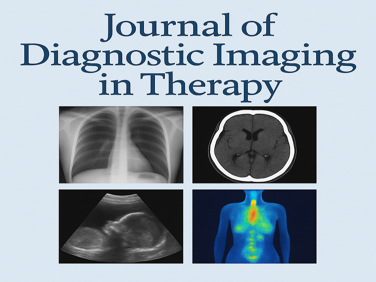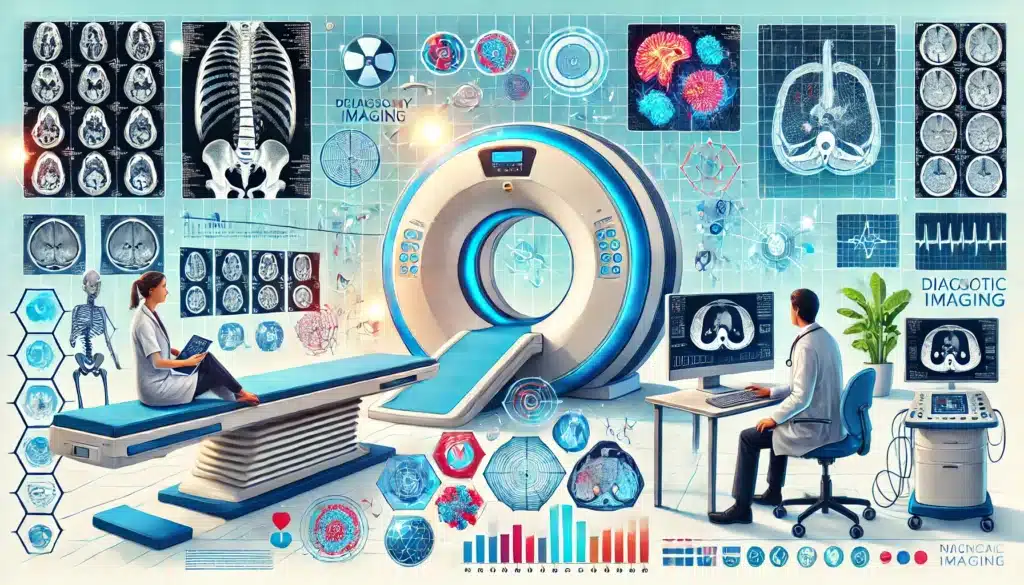Diagnostic Imaging
Diagnostic imaging is an integral part of assessing a patient’s health. It involves utilising a combination of several medical imaging modalities, including ultrasound, magnetic resonance imaging, and computed tomography.
Advancement in medical imaging, through the use of big data, provides a more accurate diagnosis and personalised approach to the patient’s treatment plan. This diagnostic imaging revolution has created greater clarity in 3-D medical imaging: significant advancements include open and portable magnetic resonance imaging (MRI) scanners to remove patient anxiety caused by a claustrophobic and noisy magnetic tunnel.
Today, the usage of open MRI machines makes them less restrictive and more accessible on the sides and, therefore, able to accommodate heavier patients. In addition, researchers have developed a superconducting magnet system that fits into the palm of a hand: this compares to the sizeable superconducting magnet used in standard MRI scanners.
Consequently, these compact superconducting magnets can be used in portable and mobile MRI scanners. Big data analytics is transforming healthcare and will provide healthcare professionals with real-time data during the imaging process. This approach’s benefits will lead to reduced errors and a more personalised approach towards the patient’s care plan. Advanced analytics can be used to detect certain patterns regarding pathology.
The imaging algorithms can convert these patterns into a digital image reviewed by the radiologist to provide a more accurate diagnosis. Such so-called big data in diagnostic imaging will contribute to advancements in radiology information and PACS systems, especially using the cloud. Other emerging technologies include the use of 3D and 4D in diagnostic radiology to create more high-resolution images. This is shown by ultrasound imaging, which is limited by its inability to obtain high-resolution, detailed images.
However, initial studies suggest that ultrasound resolution can be enhanced by a factor of 50 by using 3-D metamaterial to achieve deep-subwavelength imaging. This approach will effectively improve patient care.
Furthermore, 3-D capability in computed tomography scans using software that substantially enhances the contrast of soft tissue and thereby reduces the visibility of metal artefacts is an improvement compared to traditional CT images.
You are here:
home » diagnostic imaging



